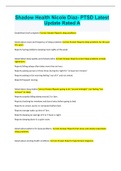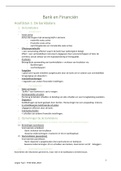Lecture notes
Business, Law and Practice Full Workshop Notes (WS1-16)
- Institution
- University Of Law (ULaw)
Business, Law and Practice Full Workshop Notes (WS1-16) Within this 150 page word document, you will receive notes from all of the workshops from 1-16 in order of the topics taught on the module.
[Show more]












